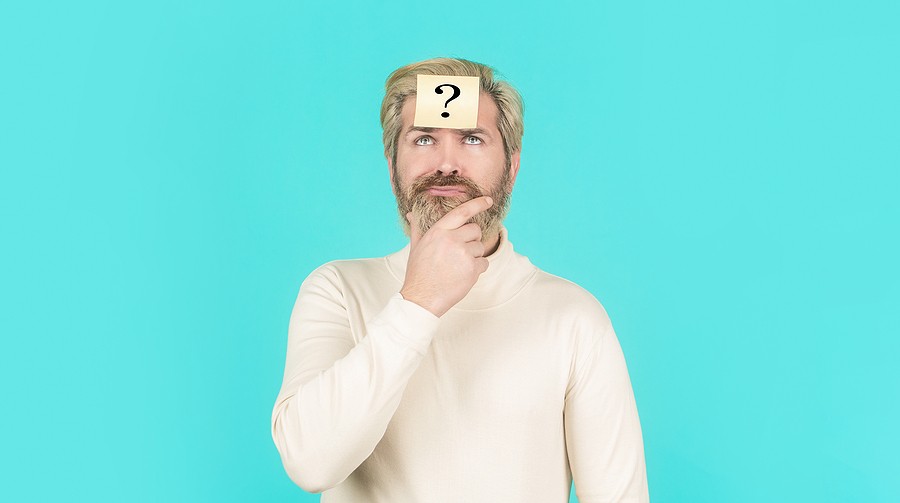Transferring ownership and payment for a car can be a complex process, especially if you are not familiar with the steps involved. In this blog post, we'll walk you through the process of transferring ownership and payment for a car, including what you need to do before the transfer and what to expect during the transfer process.
Step 1: Gather the Necessary Documents
Before you can transfer ownership of a car, you'll need to gather the necessary documents. This typically includes the car's title and registration, as well as proof of insurance and a valid driver's license. It's important to make sure that these documents are in order and that you have copies for your records.
Step 2: Determine the Method of Payment
Before the transfer of ownership can take place, you'll need to determine the method of payment. This will depend on the circumstances of the sale, as well as the preferences of the buyer and seller. Some common methods of payment include:
- Cash: This is a simple and straightforward method of payment, but it may not be practical for larger purchases.
- Check: A check can be a convenient way to make a payment, but it's important to make sure that the check clears before transferring ownership.
- Bank transfer: A bank transfer allows you to transfer money directly from one bank account to another, but it may take a few days to process.
- Escrow service: An escrow service acts as a neutral third party, holding the payment until the transfer of ownership is complete. This can provide added security for both the buyer and seller.
Step 3: Sign the Title
Once the method of payment has been determined, the next step is to sign the title. The title is a document that proves ownership of the car, and it must be signed over to the new owner in order to transfer ownership. If you are the seller, you will need to sign the title in the presence of a witness or notary public. Make sure to keep a copy of the signed title for your records.
Step 4: Complete the Bill of Sale
A bill of sale is a legal document that serves as a receipt for the sale of a car. It should include the names of the buyer and seller, the make and model of the car, the purchase price, and the date of sale. It's important to fill out the bill of sale accurately and to keep a copy for your records.
Step 5: Transfer the Registration
Once the title has been signed and the bill of sale has been completed, the next step is to transfer the registration. This typically involves filling out a form and submitting it to the appropriate government agency, along with any applicable fees. The process for transferring registration varies by state, so it's important to check with your local Department of Motor Vehicles (DMV) for specific instructions.
Step 6: Make the Payment
Once the transfer of ownership has been completed, it's time to make the payment. If you are the buyer, you will need to pay the agreed-upon price, either in cash or by check or bank transfer. If you are the seller, you will receive the payment at this time.
Step 7: Cancel Your Insurance
If you are the seller of the car, you will need to cancel your insurance policy once the transfer of ownership is complete. This is because your insurance policy is tied to the car, not to you as an individual. To cancel your insurance policy, you will need to contact your insurance provider and let them know that you are no longer the owner of the car. They will cancel your policy and refund any unused premiums.
Step 8: Dispose of Your License Plates
If you are the seller of the car, you will need to dispose of your license plates once the transfer of ownership is complete. This is because the license plates are tied to the car, not to you as an individual. You have a few options for disposing of your license plates:
- Return them to the DMV: Many states allow you to return your license plates to the DMV once you are no longer the owner of the car. Check with your local DMV for specific instructions on how to do this.
- Transfer them to a new car: If you are buying a new car, you may be able to transfer your license plates to the new car. Check with your local DMV for specific instructions on how to do this.
- Surrender them to a law enforcement agency: If you are unable to return or transfer your license plates, you can surrender them to a law enforcement agency. This is typically done in person, and you may need to provide proof of ownership and identification.
Step 9: Remove Your Personal Belongings
Before the transfer of ownership is complete, it's important to remove any personal belongings from the car. This includes items like clothing, tools, and other personal items. Make sure to check the car thoroughly to ensure you haven't left anything behind.
In conclusion, transferring ownership and payment for a car can be a complex process, but by following these steps and making sure you have all the necessary documents in order, you can ensure that the process goes smoothly. It's always a good idea to consult with a lawyer or other legal professional if you have any questions or concerns about the transfer process.



